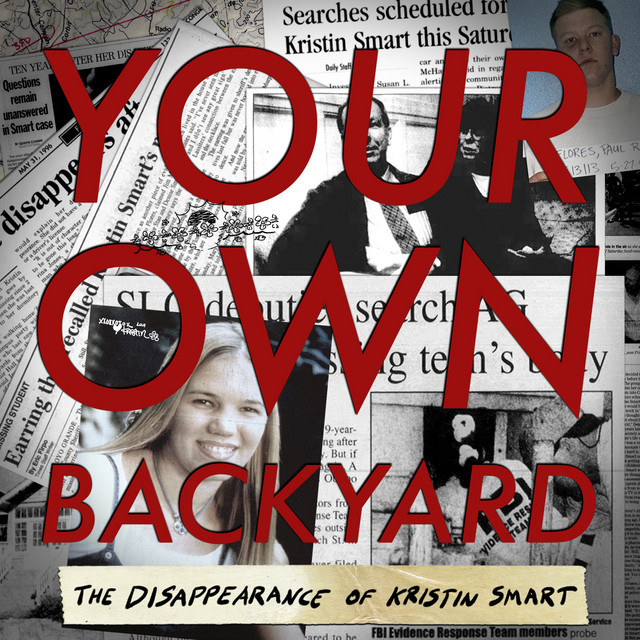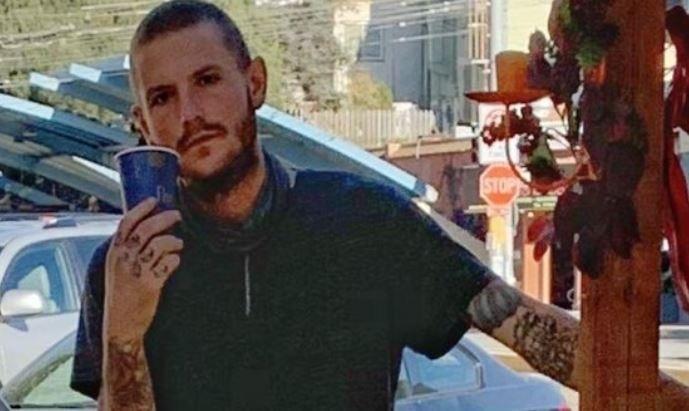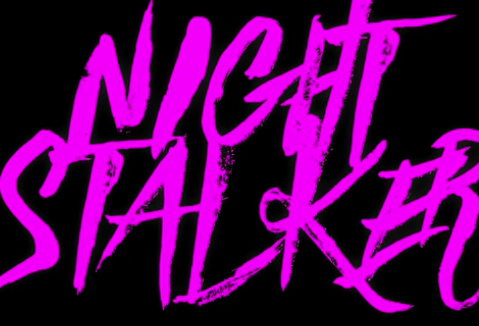You’re probably familiar with the image at the top. Created by Danish psychologist Edgar Rubin, the face/vase illusion tests the modularity of perception: you can see the vase, or you can see the two faces, but you can’t see both.
I thought about this when I read Jonathan Ireland’s hard-hitting critique of the nonprofit industry. I recommend that you read it in its entirety – it heavily features San Francisco, and exposes some deep ugliness in the management of nonprofits presumably designed to help the homeless, which actually do anything but. Ireland’s examples illuminate his key point, which is that the reliance of progressives and socialists on dysfunctional, corrupt nonprofits is the exact opposite of being “progressive” or “socialist”:
Contrary to the conservative assumption that high taxes are an inherent evil, people are often fine with higher taxes provided that the taxes are utilized to improve local living standards. What is taking place in America’s most performatively socialist urban areas is that taxes are constantly raised in order to fund public services, resulting in some of the most heavily taxed populations in the country. But this tax revenue is then squandered on private contracts to unaccountable nonprofit organizations whose activities do little to rectify the problems they are nominally being funded to address.
In other words: instead of increasing state capacity to improve quality of life (e.g., pick up trash), ensure public safety in downtown areas, and solve large-scale social problems–after all, we want government spending in these areas–progressive cities have been delegating these areas to nonprofits, which are plagued by financial malfeasance, cynical posturing that often goes against the interest of the populations they are supposed to benefit, and just plain old incompetence. Ireland’s leading example is TODCO, whose corruption is truly breathtaking. I’ve been around do-gooder organizations for the last 25 years, and some of the ones with the noblest goals and most sanctimonious agendas are the shittiest in terms of administration, financial management and responsibility, and actual accomplishments in the field (not to mention all the horrendous infighting that makes hardworking, solid people flee them in horror and swear they’ll never work for one again).
But I’m not sure I’m buying wholesale Ireland’s critique of nonprofits employing people with criminal histories. Titling this section of his review “Crime, Inc.,” he addresses several cities that employ formerly incarcerated folks as “violence interrupters” or mentors. Notably, he does not mention Urban Alchemy, but rather similar programs in Seattle and Chicago. Here is Ireland’s critique:
[N]one of these people could draw a government paycheck unless it was laundered through a nonprofit. A police department could never hire a convicted felon with long-term ties to street gangs, but a private nonprofit has looser standards regarding who is allowed access to public funds. This not only squanders money on people who are not capable of performing the roles they’re assigned, but is an active threat to public safety in circumstances where the state uses convict-staffed nonprofits for duties that ought to be reserved for the police.
I think Ireland confounds two issues that are best kept distinct. Insofar as his critique is that the municipality would not directly hire people who have served a long prison sentence, the obvious answer is, yes, that’s exactly the point! One of Ireland’s concerns is that nonprofits employ people lack the skills for doing the work they are hired to do, and I suspect he is seeing only one aspect of the face/vase illusion. The material question is, what are useful skills for crime prevention work? You see, the logic of programs like Urban Alchemy is that, living lives saturated with danger and violence, people acquire special skills that help them sniff trouble before it begins and prevent it through subtle, nonviolent means, such as positioning themselves between a young woman crossing the street and a man about to mug or assault her. If the state or municipality cannot bring themselves to value these skills in the job market, of course private providers have to step in and employ them. Whether or not the proof’s in the pudding is another matter, and this is where, again, we’re dealing with two incompatible views of reality. One view measures public safety in arrests and busts for things that have already happened. Another measures public safety in terms of the intangible sense of safety that people experience walking down the street and having nothing bad happen to them. I’m not a neutral commenter here; my sympathy for Urban Alchemy comes from my, ahem, <groan> lived experience </groan> working in the Tenderloin. I can’t quantify this, put a number on it, or twist it into a nice graphic that would fit in a quarterly performance review, but I can tell you that the entire energy around my workplace shifted when the practitioners started opening doors for us, cleaning areas that used to be repellent, and watching out for folks. The difference between street corners with and without practitioners is palpable. Maybe at some point we hit a saturation effect and the impact of seeing someone with a green vest in the corner will dissipate. I worry that the proliferation of these companies could get us there, but my subjective assessment is that we’re not there yet.
(Also, there’s the underlying assumption that the scrutiny of the public sector helps prevent scandalous mismanagement of the kind that nonprofits are notorious for. But if the private-versus-public-prisons debate is anything to go by, the private sector has not cornered the market on scandalous mismanagement. The entire COVID-19 disaster in CA prisons was 100% brought to you courtesy of the public sector, and funded by $10 billion of your tax money per annum. And the few people who tried to do something were federal employees working for the Receivership and upstanding citizens volunteering or working in nonprofits, not state employees running the prisons.)
The second issue Ireland brings up is considerably thornier: the not-at-all-unreasonable concern that putting folks with criminal ties in charge of other people (crowd handling) and funds is a risk. He does provide some hair-raising examples of folks who continued their criminal activity, be it financial malfeasance or actual gang violence, under the sheltering umbrella of the nonprofit where they worked. Because I am well read on criminological literature (including quant stuff, not just jargon-heavy political propaganda), and because I live in the real world, I know that recidivism is always a risk, particularly in the first few months after one gets out of prison (with all the usual caveats about the concept of recidivism). A BJS study looking at state prisoners released in 2005 and following up on their records until 2014 found the following:
- The 401,288 state prisoners released in 2005 had 1,994,000 arrests during the 9-year period, an average of 5 arrests per released prisoner. Sixty percent of these arrests occurred during years 4 through 9.
- An estimated 68% of released prisoners were arrested within 3 years, 79% within 6 years, and 83% within 9 years.
- Eighty-two percent of prisoners arrested during the 9-year period were arrested within the first 3 years.
- Almost half (47%) of prisoners who did not have an arrest within 3 years of release were arrested during years 4 through 9.
- Forty-four percent of released prisoners were arrested during the first year following release, while 24% were arrested during year-9.
There is plenty that we don’t know and can argue about, of course, such as whether the arrests reflect actual renewed criminal activity or bogus outcomes of escalated stop-and-frisk stuff that ended up being nothing, and whether the arrests reflect the lives of people who were housed and employed after they came out, or people who drifted back to crime out of necessity. But I think you’d be pretty silly, misguided, or deceptive, to argue that there are no risks of reoffending when employing people straight out of the joint. My argument, in both Yesterday’s Monsters and Fester, is that you can considerably mitigate this risk by providing early releases and employment opportunities to aging and infirm people who have already spent a long time behind bars. At least initially, this was Urban Alchemy’s employment strategy, and I would not be surprised if nonprofits employing people with an incarceration history find that they have significantly more reoffending challenges with young people. As I explained in both books (in different contexts), hooking up aging former lifers with opportunities requires a stomach for bad optics, because doing so tends to produce headlines about murderers-at-large, even though from a well-researched, robust criminological standpoint, the recidivism rate among people in their fifties who served decades in prison is remarkably low, and they constitute a very low employment risk. It’s also fair to say, I think, that any organization employing people who face temptations to reoffend on their daily beat must provide them hands-on support–decent pay, decent benefits, access to therapy, reasonable colleagues to talk to–otherwise, it’s not doing its due diligence.
Once the population of employees with criminal records increases and includes younger people with recidivism risks, the question becomes: at what point do we have enough information to argue that the nonprofit is dysfuctional, or even countereffective? I submit that Ireland falls into a trap that many of us fall into: failing to acknowledge that the world is full of both Type I and Type II errors. Briefly, a type I error, also known as a false positive, is the rejection of the null hypothesis when it is actually true. A type II error, or a false negative, is the failure to reject a null hypothesis that is actually false.
The errors that Ireland flags in his article–admittedly, horrible ones–happen when you employ a formerly incarcerated person in some crime prevention capacity, making the assumption that the person will not reoffend. The person then reoffends, garnering terrible headlines and raising the expected critique: Why are you employing criminals in your organization? The error no one observes is the one we (perhaps) make time and time again: we assume people will reoffend, and therefore do not release them or employ them or offer them opportunities, when they would actually be competent and helpful and not pose a recidivism risk. Because errors of the second type are invisible (you can’t guess whether someone would have reoffended on the job if you didn’t give them the job) you’re left with just the errors from the first kind.
The invisibility of the second type of errors stands in our way when we try to figure out whether a program like Urban Alchemy or Ceasefire or Community Passageways is effective or not. The temptation is to point at the situations in which the employees commit crime–say, assault people in the street, embezzle funds, pimp sex workers in their violence-prevention areas, etc.–and say, this program gives people a license to commit crime. Of course we should not ignore these critiques. But alongside them, we should see other things: Has the overall crime rate for the area supervised by the practitioners decreased? Do before-and-after surveys of the people who live and work in those areas show an improvement in their sense of safety walking the streets? Can we compare crime and safety in the streets when (1) neglected, (2) traditionally policed, (3) patrolled by nonprofit employees, or (4) combination of policing and nonprofit practitioners? That is the sort of essential literature that can actually answer the question whether the solutions offset the problems or vice-versa. We would all be better off if more people did this careful evaluation work, instead of writing alarmist “criminals on the loose” pieces or ignorant “dismantle the carceral whatever” pieces.
I don’t think Ireland’s piece falls neatly into one category or another, and I do think that his willingness to shine a light on the pervasive dysfunction of do-gooder organizations is important. I remember following, with some interest, the ugly feud between Shaun King and DeRay Mckesson, just to see how much rubbish, dysfunction, and malfeasance was at the heart of all the mudslinging. This is not the exception; it’s not uncommon. But I think that malfeasance and incompetence do not perfectly overlap with criminal history, and that’s where we should be more careful.









